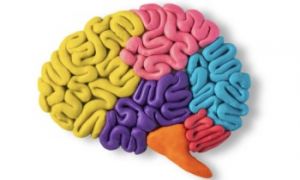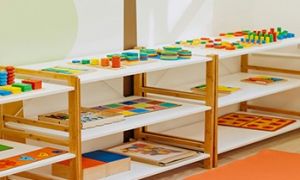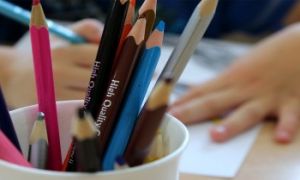EYLF Outcome 3: Children Have a Strong Sense of Wellbeing focuses on fostering children's physical, emotional, and social wellbeing. It emphasizes resilience, self-regulation, and healthy lifestyle habits, which are essential for children's development and learning. The following article provides information on the Definition Of Sub Outcomes, Practical Examples Of Sub Outcomes, Applying Sub Outcomes Into Practice and more.
Definition Of Sub Outcomes
-
Children Become Strong in Their Social and Emotional Wellbeing
-
Developing trust and confidence in interactions.
-
Learning to self-regulate emotions and manage frustration.
-
Building positive relationships and forming friendships.
-
Expressing humor, happiness, and satisfaction in daily experiences.
-
-
Children Take Increasing Responsibility for Their Own Health and Physical Wellbeing
-
Understanding healthy eating, hygiene, and physical activity.
-
Learning about safety and risk management in different environments.
-
Developing fine and gross motor skills through play and movement.
-
Recognizing the importance of rest, sleep, and relaxation.
-
- Children are aware of and develop strategies to support their own mental and physical health, and personal safety focuses on helping children recognize, understand, and actively manage their own well-being and safety. Developing trust and confidence in interactions.
-
Identify their own physical and emotional needs (e.g., hunger, rest, comfort).
-
Develop self-care routines like hygiene, healthy eating, and active lifestyles.
-
Understand personal safety and boundaries, including safe interactions and decision-making.
-
Recognize feelings and emotions, learning how to manage stress or frustration.
-
Practical Examples Of Sub Outcomes
Here are practical examples of how educators can support and implement EYLF Outcome 3: Children Have a Strong Sense of Wellbeing in early childhood settings.
Sub-Outcome 3.1 – Children Become Strong in Their Social and Emotional Wellbeing
-
Emotional Support Activities:
-
Encouraging children to express feelings through art, storytelling, and role-play.
-
Using emotion cards to help children recognize and communicate their emotions.
-
Modeling positive self-talk and problem-solving strategies.
-
-
Building Secure Relationships:
-
Providing consistent, nurturing interactions with educators.
-
Encouraging children to develop trust and friendships through cooperative play.
-
Implementing buddy systems to support peer connections.
-
Sub-Outcome 3.2 – Children Take Increasing Responsibility for Their Own Health and Physical Wellbeing
-
Healthy Habits & Nutrition:
-
Creating interactive mealtime experiences, where children help prepare healthy snacks.
-
Teaching handwashing routines using songs and fun activities.
-
Discussing food groups and making charts on healthy eating.
-
-
Physical Activity & Motor Skill Development:
-
Providing obstacle courses and outdoor play to enhance coordination and strength.
-
Encouraging activities like yoga or dance to promote movement and mindfulness.
-
Introducing gardening projects, where children learn about the importance of healthy food.
-
-
Safety Awareness & Self-Care:
-
Practicing road safety through role-play.
-
Teaching children to recognize and communicate when they feel tired or unwell.
-
Encouraging them to take responsibility for their belongings in group settings.
-
Sub-Outcome 3.3 – Children are aware of and develop strategies to support their own mental and physical health and personal safety.
-
Recognizing Body Needs
-
Encouraging children to identify and communicate their hunger, thirst, rest, and physical activity needs.
-
Using visual charts to help children track their emotions and body cues.
-
-
Building Emotional Resilience
-
Teaching mindfulness techniques like breathing exercises or sensory play.
-
Supporting children in verbalizing their emotions and seeking trusted adults when upset.
-
-
Body Autonomy & Consent
-
Introducing the concept of “my body belongs to me” through storytelling and role-play.
-
Teaching children how to ask for and provide consent during everyday play.
-
Reading picture books that reinforce safe and respectful interactions.
-
-
Distinguishing Safe vs. Unsafe Touches
-
Helping children understand which physical interactions are safe and when they should seek help.
-
Encouraging children to speak to trusted adults about anything that makes them uncomfortable.
-
-
Hygiene & Self-Care Habits
-
Teaching proper handwashing techniques using songs and engaging activities.
-
Encouraging independence in personal hygiene routines like dressing, toileting, and cleaning up.
-
-
Safe Digital Practices
-
Discussing e-safety by modeling responsible digital use.
-
Helping children recognize age-appropriate online activities.
-
Applying Sub Outcomes Into Practice
EYLF Outcome 3: Children Have a Strong Sense of Wellbeing focuses on supporting children's social, emotional, and physical development. Educators can implement sub-outcomes into daily practice by creating meaningful learning experiences that nurture well-being.
Sub-Outcome 3.1 – Children Become Strong in Their Social and Emotional Wellbeing Emotional Support & Regulation
-
Provide cozy spaces with cushions or sensory toys to help children self-soothe.
-
Use emotion charts where children can identify their feelings and express them.
-
Encourage daily mindfulness moments, such as breathing exercises or guided relaxation.
Building Secure Relationships
-
Assign consistent educators to each child for trust-building.
-
Foster peer friendships through collaborative activities like team games or group storytelling.
-
Model respectful interactions, showing empathy and problem-solving in conflicts.
Sub-Outcome 3.2 – Children Take Increasing Responsibility for Their Own Health and Physical Wellbeing
Healthy Lifestyle & Nutrition
-
Encourage children to participate in mealtime routines, like serving food or setting up tables.
-
Teach hygiene habits through fun handwashing songs and interactive discussions on staying clean.
-
Introduce cooking activities to explore nutritious foods and healthy eating choices.
Physical Development & Safety Awareness
-
Create obstacle courses to develop coordination and motor skills.
-
Offer water play, dance, and yoga to promote movement and flexibility.
-
Teach road safety & risk management through role-play activities.
Sub-Outcome 3.3 – Children are aware of and develop strategies to support their own mental and physical health and personal safety.
Recognizing Body Needs
-
Encouraging children to identify and communicate their hunger, thirst, rest, and physical activity needs.
-
Using visual charts to help children track their emotions and body cues.
Building Emotional Resilience
-
Teaching mindfulness techniques like breathing exercises or sensory play.
-
Supporting children in verbalizing their emotions and seeking trusted adults when upset.
Body Autonomy & Consent
-
Introducing the concept of “my body belongs to me” through storytelling and role-play.
-
Teaching children how to ask for and provide consent during everyday play.
-
Reading picture books that reinforce safe and respectful interactions.
Hygiene & Self-Care Habits
-
Teaching proper handwashing techniques using songs and engaging activities.
-
Encouraging independence in personal hygiene routines like dressing, toileting, and cleaning up.
Further Reading
EYLF Outcome 3 - Children Have A Strong Sense Of Wellbeing V2.0
How Educators Promote EYLF Outcomes 2.0
How Children Achieve EYLF Learning Outcomes Version 2.0
Practical Examples Of EYLF Outcomes
Activity Ideas To Promote EYLF Outcome 3
Learning Goals And Activities To Achieve EYLF Learning Outcome 3
EYLF Learning Outcomes Version 2.0
Achieving EYLF Outcome 3 In The Babies Room


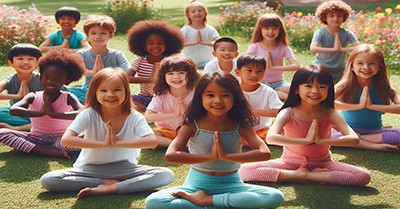


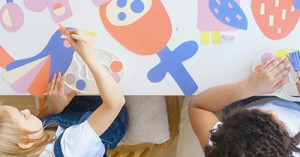
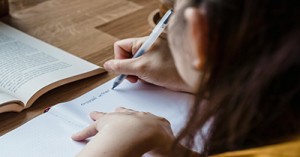
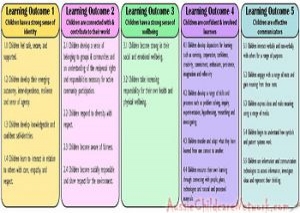 Here is the list of the EYLF Learning Outcomes that you can use as a guide or reference for your documentation and planning. The EYLF
Here is the list of the EYLF Learning Outcomes that you can use as a guide or reference for your documentation and planning. The EYLF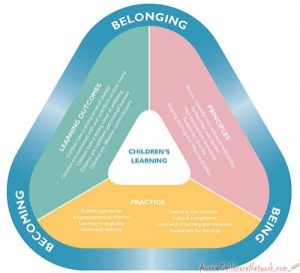 The EYLF is a guide which consists of Principles, Practices and 5 main Learning Outcomes along with each of their sub outcomes, based on identity,
The EYLF is a guide which consists of Principles, Practices and 5 main Learning Outcomes along with each of their sub outcomes, based on identity, This is a guide on How to Write a Learning Story. It provides information on What Is A Learning Story, Writing A Learning Story, Sample
This is a guide on How to Write a Learning Story. It provides information on What Is A Learning Story, Writing A Learning Story, Sample One of the most important types of documentation methods that educators needs to be familiar with are “observations”. Observations are crucial for all early childhood
One of the most important types of documentation methods that educators needs to be familiar with are “observations”. Observations are crucial for all early childhood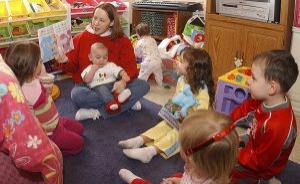 To support children achieve learning outcomes from the EYLF Framework, the following list gives educators examples of how to promote children's learning in each individual
To support children achieve learning outcomes from the EYLF Framework, the following list gives educators examples of how to promote children's learning in each individual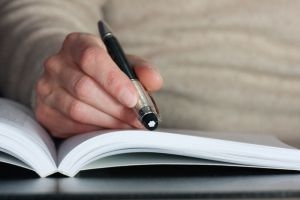 Reflective practice is learning from everyday situations and issues and concerns that arise which form part of our daily routine while working in an early
Reflective practice is learning from everyday situations and issues and concerns that arise which form part of our daily routine while working in an early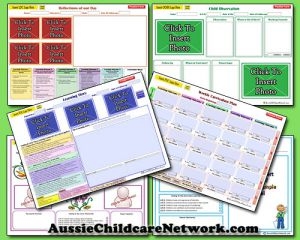 Within Australia, Programming and Planning is reflected and supported by the Early Years Learning Framework. Educators within early childhood settings, use the EYLF to guide
Within Australia, Programming and Planning is reflected and supported by the Early Years Learning Framework. Educators within early childhood settings, use the EYLF to guide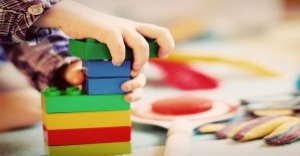 When observing children, it's important that we use a range of different observation methods from running records, learning stories to photographs and work samples. Using
When observing children, it's important that we use a range of different observation methods from running records, learning stories to photographs and work samples. Using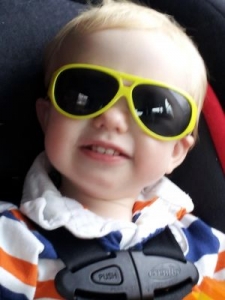 This is a guide for educators on what to observe under each sub learning outcome from the EYLF Framework, when a child is engaged in
This is a guide for educators on what to observe under each sub learning outcome from the EYLF Framework, when a child is engaged in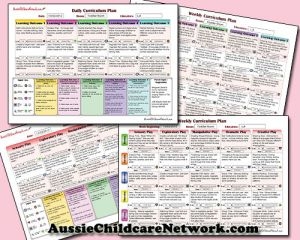 The Early Years Learning Framework describes the curriculum as “all the interactions, experiences, activities, routines and events, planned and unplanned, that occur in an environment
The Early Years Learning Framework describes the curriculum as “all the interactions, experiences, activities, routines and events, planned and unplanned, that occur in an environment